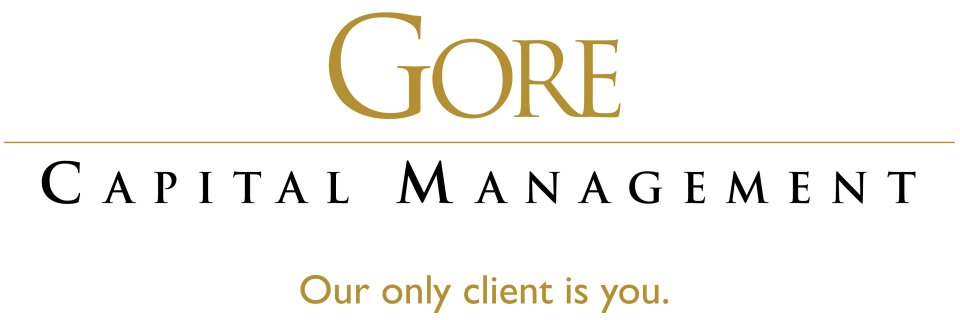Currency Hedging - A Quick Primer
When we hear the word “hedge,” we typically think of landscaping one’s front yard with little consideration of the secondary alternate financial meaning. Interestingly, the term has been used for several centuries to mean “to limit or restrict” losses in the world of finance, and the first use was recorded as far back as the late 1600s.
Although hedge funds have been around for some time, the word was front and center last year when every financial TV station, newspaper, magazine, and analyst was recommending investors to “hedge” their international currency exposure. So what is currency hedging and how does it work?
The United Nations currently recognizes 180 different currencies in circulation among the world’s 196 countries. These 196 countries represent 196 different economies with different populations, costs of living, and countless other factors that influence the value of each currency relative to others. For example, the Zimbabwe dollar (ZWD) currently trades at a price of $1USD per 361.90ZWD. However, back in 2008, you could have traded your $1USD for 18,681,527,512.36ZWD thanks to Zimbabwe’s disastrously high inflation. Needless to say, some investors in foreign markets, especially more speculative markets, prefer to remove that currency risk from their investments.
The most common method to hedge currency risk is to purchase futures contracts on the particular currency or currencies that guarantees a set future exchange value on a set future date (thus the name “futures contract”). For example, an asset manager purchases a futures contract to exchange $1 million in USD for 95 million euros, at a rate of $1.05USD per 1EUR in June. Once June arrives, the manager will make this exchange regardless of what the current exchange-rate is at that time, effectively removing the exchange-rate risk from his investment. Moving forward, the performance of his investment is now solely dependent on the European stocks he has chosen to purchase.
Although currency hedging has its supporters and critics, the strategy proved beneficial last year. The MSCI EAFE index, best represented by the ETF symbol EFA, returned -0.9% (net dividends) last year. Deutsche Asset Management offers a currency-hedged version of the EAFE index, ticker DBEF; it returned +4.5% (net dividends) over the same period of time largely due to a steep decline in the value of the euro over 2015 (Source: Morningstar).
Over longer time horizons, the benefits of currency hedging are reduced as the global economy fluctuates. However, there is no doubt that the strategy remains an important arrow in any savvy investor’s quiver.
- Ben Sadtler

